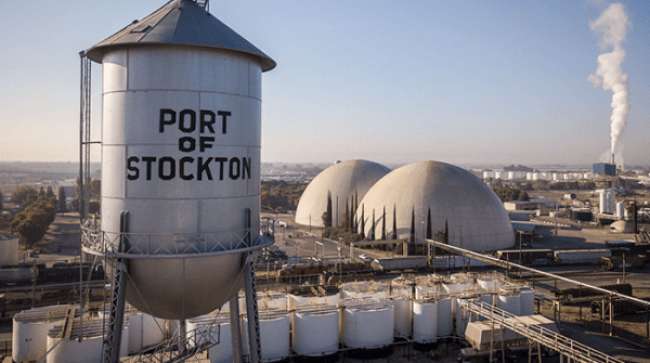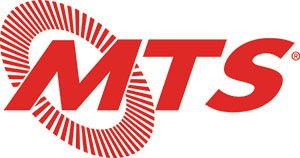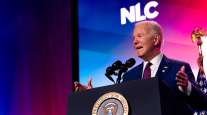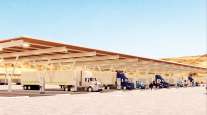Staff Reporter
California Transportation Commission Invests $1.18 Billion in Infrastructure Projects

[Stay on top of transportation news: Get TTNews in your inbox.]
The California Transportation Commission has allocated $1.18 billion for infrastructure projects throughout the state.
The commission, which is made up of 13 members, is responsible for programming and directing transportation funds for highway, rail, transit and active transportation purposes.
More than half of the investment, some $630 million, came from Senate Bill 1, also known as the Road Repair and Accountability Act of 2017. This legislation, which involved a hike to fuel tax rates, is intended to direct $54 billion over a decade to fixing roads, highways and bridges, as well as supporting transit and safety.
According to the commission, SB 1 annually provides $5 billion in transportation funding, which is split between state and local agencies.
“California has the most heavily traveled transportation system in the country,” said California Department of Transportation Director Toks Omishakin. “[This] investment will allow Caltrans to make critical repairs and upgrades to our state’s roads and bridges, increase options for transit, rail, walking and biking, and support thousands of jobs.”
Some $7.8 million was approved for the Imperial County Transportation Commission in support of truck crossing improvements at the Calexico East Port of Entry. Imperial County comprises the eastern half of California’s border with Mexico.
The Calexico East Port of Entry, which links Imperial County to Mexicali, is a bustling crossing point for commercial trucks. According to the Bureau of Transportation Statistics, this port of entry has processed 107,929 trucks so far in 2021.
About $200 million was set aside for constructing a truck climbing lane along Interstate 10, which stretches across the southern U.S. from Santa Monica, Calif., to Jacksonville, Fla., and serves as an important conduit for freight.
In Stockton, $20 million will support a project located at a freight rail corridor that links the Port of Stockton to markets throughout California. An inland port located on the San Joaquin River, the Port of Stockton has handling facilities for dry and liquid bulk materials as well as containerized cargo.
Specifically, crews will build a flyover spanning the Stockton Diamond, an at-grade crossing point for Union Pacific Corp. and BNSF Railway tracks. According to the commission, the project will provide vertical clearance, eliminating interference between the freight railroads at this intersection.
A few of the projects focus on incorporating alternative fuels into the transportation sector. Some $5 million was issued for the procurement of 20 zero-emission hydrogen fuel cell buses and related infrastructure to improve service frequency in Los Angeles County.

The San Diego Metropolitan Transit System was issued $13.3 million to purchase 11 battery-electric buses. Specifically, these buses will be used on the Iris Rapid route, which will link passengers from Otay Mesa to the Iris Avenue station east of Imperial Beach when it is completed.
Along I-10, some $1.3 million was approved for the installation of electric charging stations for zero-emission vehicles near Banning and Blythe. Banning is 30 mile east of San Bernardino. Blythe is located directly across the Colorado River from Arizona.
The California Air Resources Board has set a goal for public transit agencies to transition to 100% zero-emission bus fleets by 2040. According to CARB, exposure to ozone and particulate matter contributes to about 7,500 premature deaths in California each year.
Want more news? Listen to today's daily briefing below or go here for more info:




